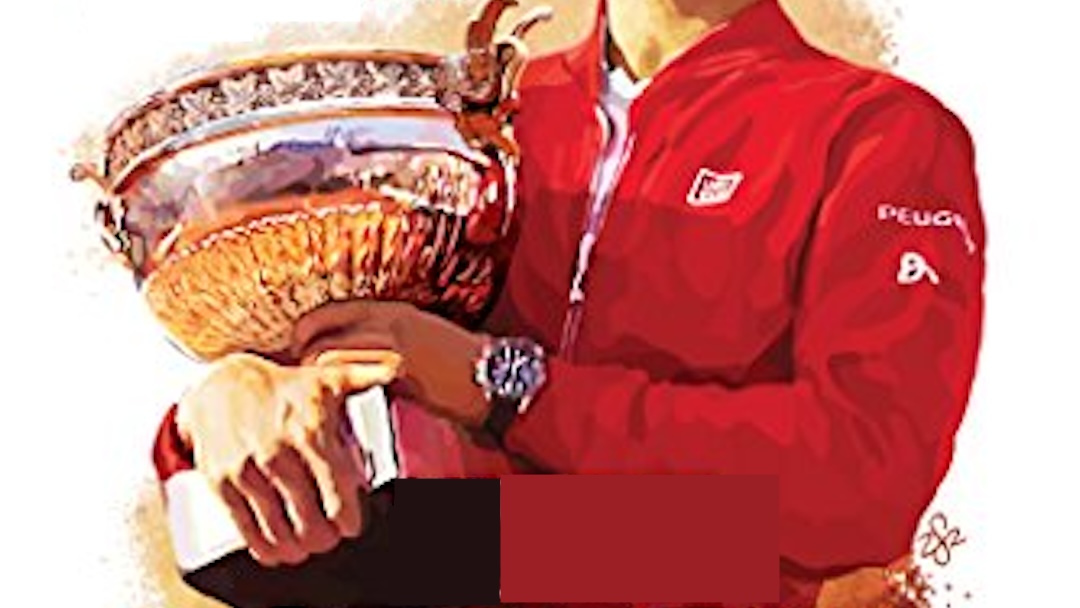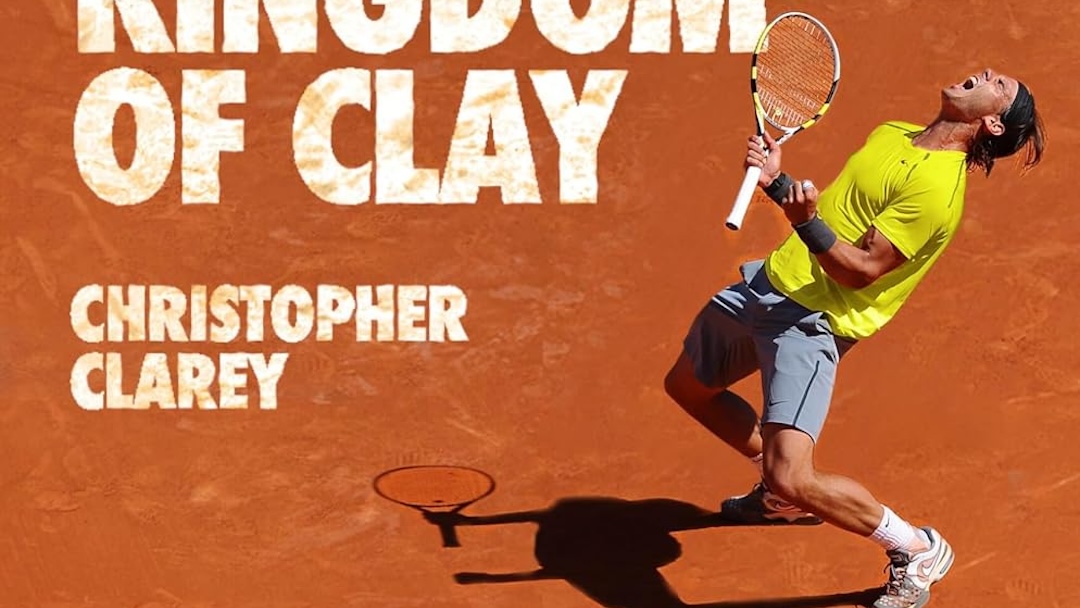Tennis Hits the Books
As the “Australian Summer of Tennis” gets underway, it is the perfect time to shift our attention to books about the rich tennis heritage from “Down Under.” There is no better place to start than with the most recent biography of the man whose name adorns the side of the stadium where the culmination of the Australian Open is contested.
Rod Laver: An Autobiography was published in 2013. It is a distinctly contemporary account of Laver’s life complete with a forward penned by Roger Federer. Laver returns the admiration with observations about Federer’s impact on the modern game. In fact, the parallels between the two player are striking and almost inescapable.
Laver recounts his start in tennis and how his brothers constructed make shift tennis courts using great quantities of “ant bed” dirt that (not surprisingly) is obtained by knocking over ant beds. He claims that it plays a little like clay. My home state of Texas has great quantities of fire ant mounds, but I am inclined to simply take Laver’s word for it.
Laver was the youngest of three brothers and all played tennis. He shared how he realized early on that the emotional volatility of one of his brothers was a competitive weakness. Based on that observation, Laver decided that it would benefit him to learn to play without emotion. It was the foundation for his “unflappable” demeanor on the court.
It is not a traditional comparison, but Laver shares insightful observations on how tennis is similar to boxing.
There is a kinship between the two sports. You have two people facing each other in a contained space, probing for weaknesses and attacking it. Tennis players and boxers need footwork, timing, and stamina.
Excerpt from Rod Laver: An Autobiography
Laver credits much of his success to two legendary coaches, Charlie Hollis and Harry Hopman. From Hollis he learned to ruthlessly inflict the heaviest possible defeat on his opponents as well as the importance of overall fitness. Hopman was the architect of Australia’s talent hunting organization that identified tennis prospects and groomed them carefully for competitive tennis. Under Hopman’s stewardship, Australia had a seeming unlimited pipeline of tennis talent.
Laver quit school when he was 14 after the headmaster at his school told him that he would have to repeat a year of school. He was immediately hired by the Dunlop Sporting Goods Company with a job to essentially to promote tennis. Hopman was pleased with that development as he regarded school to be a waste of time for young talented tennis players.
Laver is the only player to win the Grand Slam twice. His feat is even more impressive when you consider that he did it the first time as an amateur in 1962. He then spend six years as a professional and was thus ineligible until 1968. Laver won his second Grand Slam in the first year of the Open Era. He undoubtedly would have won many more major championships had he not turned professional or if the Open era had arrived any sooner.
Laver recounts his disappointments with the Australian Tennis Federation that are similar to issues that the American players had with the USLTA during “shamateurism” that preceded the Open era. Dissatisfaction with the policies and conduct of the national tennis associations was not a distinctly American phenomenon.
Rod Laver was both one of the greatest players to ever play the game. He was also a wonderful human being and a genuine credit to the sport. If you really want to get into the spirit of the “Australian Summer of Tennis” I highly recommend Rod Laver: An Autobiography as a good starting point.
 | Rod Laver: An Autobiography |



